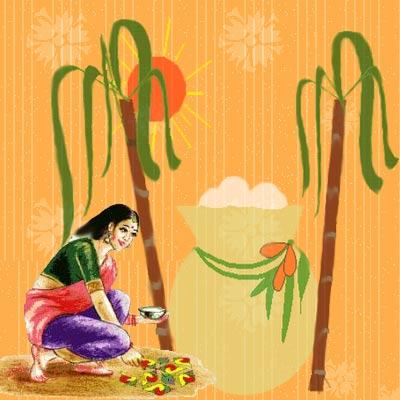/ /
Makara Sankranthi
Description
Sankranthi, Pongal, Bihu and Lohri are different names of the festival celebrated in different parts of India to celebrate the end of the winter season and to welcome the spring season and the new year. Although these festivals have different names, the essence of celebration remains the same.
Spiritual Significance
Uttarayana day has an outer and inner significance, the inner having a greater value for aspirants for spiritual progress. One’s life must be a perpetual spiritual practice and any day is a good day for starting spiritual practices, whether it falls in the southward or northward movements of sun.
Prayer
Asathoma Sath Gamaya
Thamasoma Jyothir Gamaya
Mruthyorma Amrutham Gamaya
Om Shanthi Shanthi Shanthihi
Purpose of Rituals
Swami reminds us that all rites associated with festivals have an inner meaning. On the Sankranthi day, every home is swept clean and auspicious designs are drawn on the floor with flour. In the middle of the design, a lump of cow dung is placed with a big yellow flower. Swami says that cow dung symbolises the cow, the "Go" which Gopala feeds and fends. "Go" also means individual souls. The inner meaning behind drawing of the designs is that the individual beings are under the loving care of God.
Story
From Highway Robber to Sage
Activity
Dressing up for the festival; making kites and writing messages related to reaching high goals; singing and dancing; worshipping Sun God; making Pongal
Details
For details, please see document provided in the link below:


